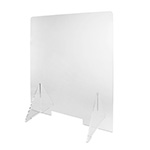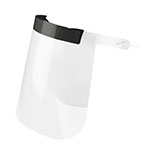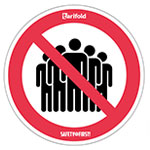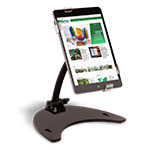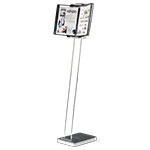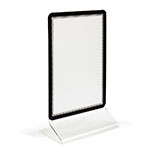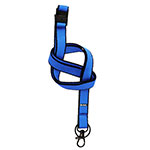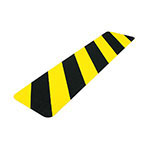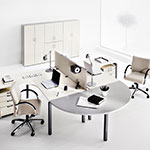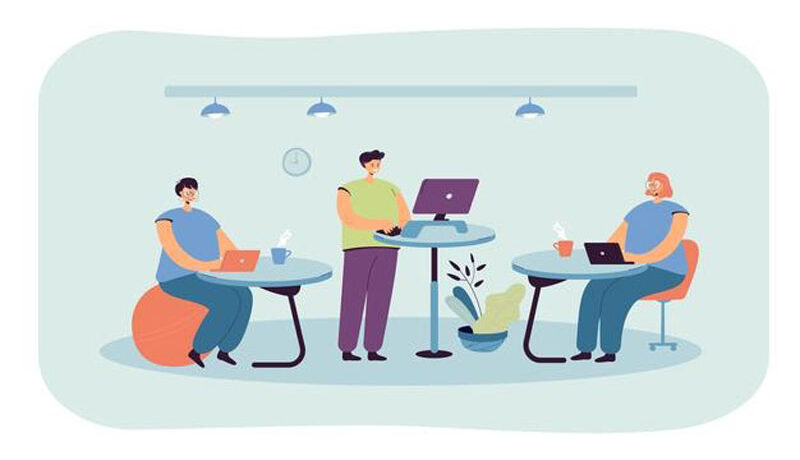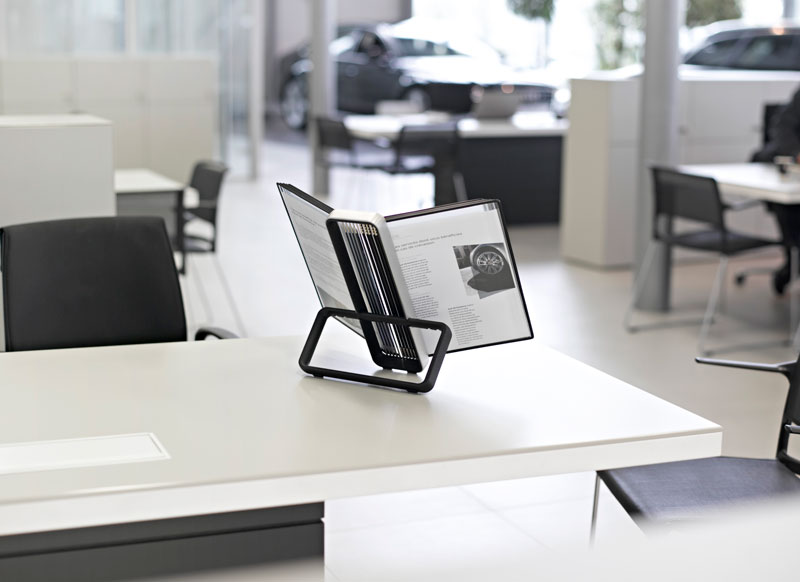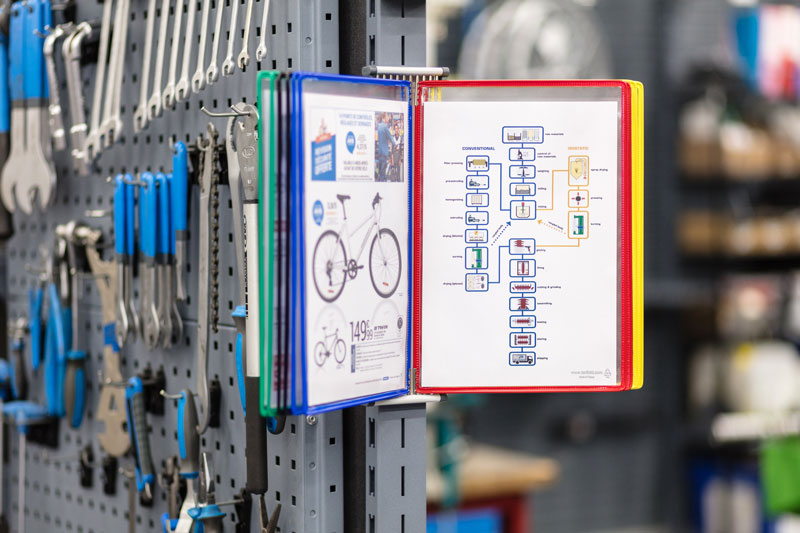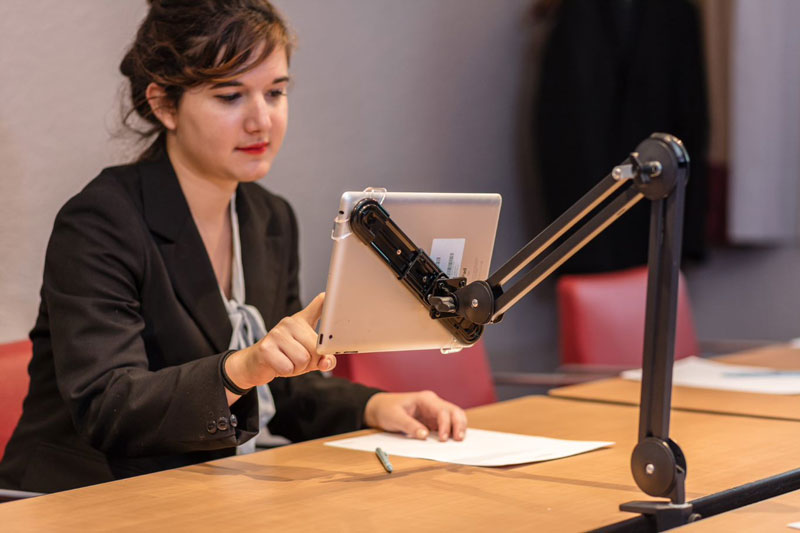According to Préventica (source), ergonomics is the scientific discipline that deals with the understanding of interactions between humans and other elements of a system. Thus, ergonomics is a discipline-based system that cuts across all aspects of human activity. It is an approach that takes into account the physical, cognitive, social, organizational and environmental aspects. In this article, we will focus on physical and cognitive ergonomics in the workplace, both in the office and in industry.
1. Ergonomics in the office
Working in an ergonomic environment contributes to the employee’s well-being and reduces the impact on health, which is mainly physical. For example, one of the consequences of working in a seated position in the office is a misalignment of the neck, shoulders and spine, the appearance of stiffness and hernias in the back, but also chronic damage to organs, muscle degeneration, …
In order to avoid these various health problems, it is necessary to ergonomically adjust our environment. Here are some recommendations from the INRS to promote ergonomics:
- Have a perfectly adjusted seat and screen, as shown in the picture below.(source)
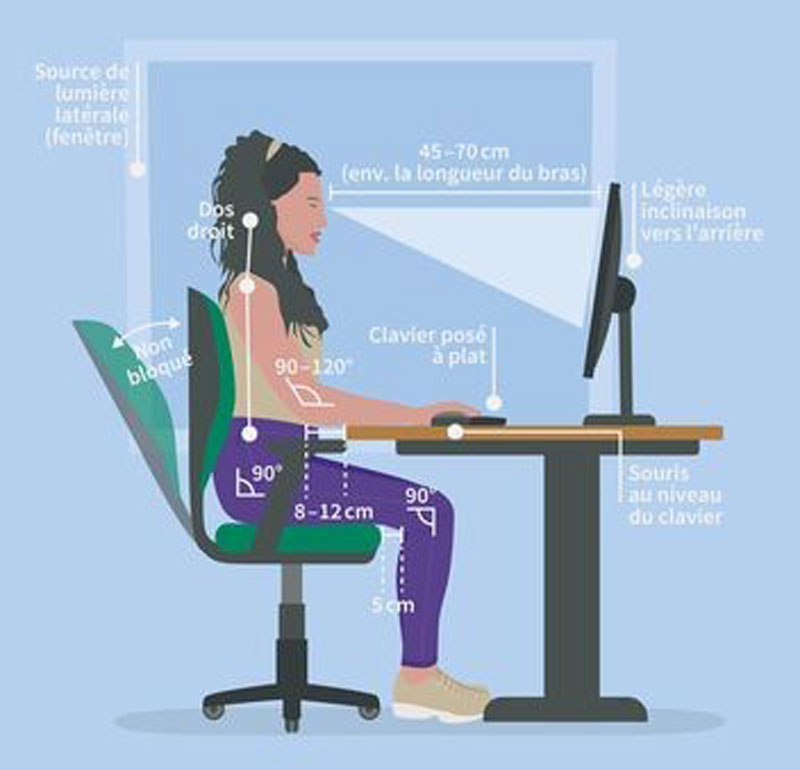
- Use “ergonomic” accessories such as adapted document presentation systems.
Further accessories and tips that can help you avoid MSDs (musculoskeletal disorders) inlcude: (source)
- Using a display system where your important documents (phone list, calendar, …) are stored between your computer screen and your keyboard in order to reduce the strain on your neck.
- Adjusting your seat so that your feet are flat on the ground. Shoulders should not strain the neck.
- Being able to adjust the screen easily according to the different postures that you adopt. The strain on the cervical spine due to poor posture should be avoided.
- Using accessories such as an ergonomic mouse and keyboard with specific operating modes and orientations to limit hand rubbing and wrist breakage.
In order to ensure that the environment in which the employee finds himself is optimal for the performance of his tasks, companies can call upon external consultants who will visit the company and analyse in a very precise manner, the strong and weak points. This will allow them to find solutions to overcome the problems and thus improve the ergonomics of the employees’ workplace. (source)
The impacts of ergonomics at work are not only physical but also mental. Indeed, an ergonomic space can directly and positively impact an employee’s performance and morale. It will also have a direct impact on the company’s image as it will be considered as a company that takes care of its employees. (source)
Ergonomics also refers to:
- The ease of use of software to perform daily tasks. It is necessary that the employee finds his way quickly and does not expose himself to display or comprehension problems due to the difficulty of certain software.
- The brightness of the workstation is also important: the employee must not be blinded, neither should he be plunged into total darkness!
- There should be no noise pollution in the work environment, as this could have a direct impact on the employee’s ability to concentrate.
- The temperature is also essential and should ideally be between 21 and 26°C depending on the season.
The characteristics of the furniture play an important part in creating an ergonomic environment. For example, the choice of the chair should be made according to the user and according to specific criteria such as the height and inclination of the armrests, the depth of the seat, …
The same is true for the work surface, which should allow the user to alternate standing and sitting work. Concerning the screens, several criteria are important: the size, the height, and the distance from the eyes.
However, being equipped with ergonomic equipment is not enough to avoid MSDs. It is necessary to adopt the right posture. When you are at your desk, remember to have:
- Your feet flat on the floor
- An angle of your elbow of 90°
- Your back straight or slightly tilted backwards
Your back fully supported by the backrest. A final element is the organization of working time. Staying in front of the screen all day is bad for your health. In order to cope with the various consequences of working on a computer, it can be interesting to set breaks, regularly during the day. For example, every hour or two, take a break of 5 to 15 minutes depending on the intensity of the work. (source)
2. Ergonomics in industry
In industry, two types of spaces coexist: an “office” part and a part dedicated to production. In this type of environment, having workstations that are adapted and fitted out for employees is, therefore, all the more complex. Indeed, taking into account the reduction of handling, the prevention of risks, as well as production constraints and flows are essential.
The improvement of these points involves, for example, the organization of workstations, tasks, zones, and operating guides in order to propose work methods adapted to each person. This reduces the difficulty of the work and allows, for example, a reduction in the rate of absenteeism and an increase in performance.
In addition to improving the working environment, work efficiency is improved. The load carried can be reduced and the risk of error is greatly reduced by using control systems at different stages of production. There is an important risk reduction factor from ergonomics. Ergonomics, associated with digitization, reduces the risk of errors and thus reduces stress for employees. Through ergonomics, the emotional load of the employee will be directly reduced and thus contribute to his physical and emotional well-being at work.
Digitalization is not the only lever to exploit in order to optimize the work environment. Some innovations and products allow the display of documents to be easily adapted to all, allowing easy reading, at the right height and in conjunction with a tablet or other product. (source)
3. Quality of life at work
According to Optimeo (https://optimeo.com/actualites/comment-allier-qvt-et-ergonomie-en-entreprise/), quality of life at work is a concept that aims to improve the working conditions of employees, as well as the atmosphere and environment in which they carry out their daily tasks. The quality of life at work considers different elements:
- The missions of the employee on the workstation
- The atmosphere within the team and the company
- Relationships with other employees and the hierarchy
- The work environment (the furniture, the environmental and societal approaches adopted by the company as well as the employer’s flexibility, particularly concerning working hours, telecommuting, etc. )
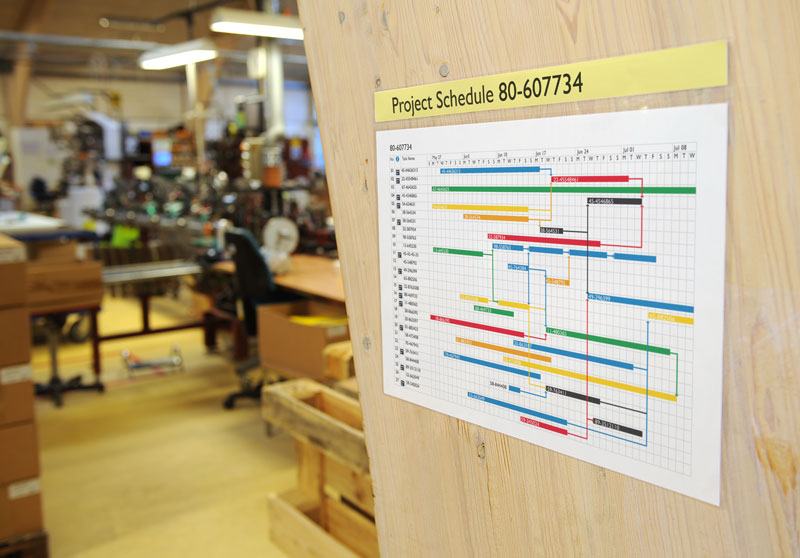
An employee may be fully satisfied with the equipment provided to him or her but may, on the other hand, be affected by stress and thus, his or her quality of life at work decreases. On the other hand, an employee may be fully satisfied with his tasks and have a good working atmosphere, especially with his colleagues, but not have the right equipment to perform his daily tasks.
Thus, ergonomics also contributes to the improvement of the quality of life at work for the employee. For this, it is advisable for companies to set up flexible workspaces that vary according to the needs of employees. It is also necessary to have adequate and ergonomic equipment. These elements can make the difference within a company and allow employees to feel good in their work environment, and consequently create a non-negligible employee loyalty. (source)
Conclusion
Ergonomics plays an essential role in the workplace. Ergonomics makes it possible to improve postures and reduce the physical and mental risks associated with the workstation. For this, it is necessary to have accessories that can be easily adjusted and modulated, and thus adapted to each employee. Ergonomics does not stop there. The atmosphere at work, the ease of use of software are also factors that should not be neglected.

